Meghana Biwalkar in Mumbai
If you desperately wish to be free from unsolicited calls and SMSes, then your wish is most likely to be granted on March 1, 2011. Almost ruling out any further delay, IT and Telecom Minister Kapil Sibal said that the telecom regulator's recommendations on unsolicited calls and SMSes will come into effect from March 1.
According to the new guidelines, hefty penalties will be imposed on offenders to curb the menace of unsolicited calls and SMSes.
So where does this leave those marketers who are pinning their hopes on the growth of mobile penetration in India, and are looking forward to the upcoming advent of 3G to enhance the mobile advertising space in India?
For now, advertisers and brands are certain that this guideline will only help them streamline their communication and select their target audience. They also believe that with this regulation there will be a reduction in spam messages, which means that the advertisements will be more relevant and personalised to the consumer.
...
Will 3G change the future of mobile advertising in India?
Reality Check
"A mobile phone has the potential to be more effective than TV, PC, outdoor or digital displays, as it has the ability to influence the consumer at the last mile of transaction. It is observed that a person on a single day remains exposed to one screen more as compared to any other, and that is their mobile phones," says Vishwanath Alluri, founder, chairman and CEO, IMImobile.
India is one country which has come a long way in increasing its mobile penetration. Now apart from the urban folk, the rural population also remains glued to their cell phone. This provides a huge opportunity.
And most marketmen are "yet to make a serious attempt to leverage this and to enhance their overall marketing activity," points out Alluri.
Clearly, there is a lot to explore in the mobile advertising space other than errant messages or intruding calls.
...
Will 3G change the future of mobile advertising in India?
Photographs: Pichi Chuang/Reuters
Abhay Doshi, senior director marketing, Flytext, cannot agree more. "Mobile advertising has emerged as an integral medium of a brand's marketing campaign. It aims to fulfill the gap that traditional media has been unable to bridge. A lot of new-age brands are ready to experiment with this medium."
However, mobile advertising is still a small segment in India. According to industry estimates, the current size is around Rs 100 crore (Rs 1 billion).
Kumar Apoorv, COO, Value First Group, says: "India is being recognised for its potential in the mobile advertising space globally. It is expected to grow at a positive rate in the next 4-5 years, and is expected to garner a size of Rs 200 to 250 crore (Rs 2-2.5 billion)."
And why not? According to industry figures, India is only second to China in the race to become the largest mobile market in the world. This only means one thing for the marketeers -- more screens, more customers.
...
Will 3G change the future of mobile advertising in India?
Consumer leads the way
But are the consumers ready to accept this new-age medium?
Ragini Kaul, 20-year, student of Mumbai says, "I don't mind mobile advertising if it's not too intrusive. I appreciate the information it provides."
Yes, brand managers and advertisers are trading on these two mantras -- keep it relevant; and keep it simple and unobtrusive.
"At present, the consumer is subject to poor quality content and spam messages. However, with new technology and as more players take this medium seriously the content will take a huge leap. It's just a matter of time," says Doshi.
...
Will 3G change the future of mobile advertising in India?
Assures Apoorv, "Creatives are working towards addressing the requirements of this new medium. There is definitely a huge scope for improvement and the industry is already witnessing this change."
At present, most marketing campaigns focus on messaging or capturing response, using loop back short codes or voice portals.
There are also a lot of campaigns like mobile coupons, text message voting, bulk SMS, shared short codes, text message sweepstakes, and so on, which advertisers use to push the advertising messages across.
...
Will 3G change the future of mobile advertising in India?
Photographs: Chaiwat Subprasom/Reuters
The age of 3G
But this experience and creative are about to change. It is also observed around the world that mobile advertising has become more acceptable with 3G.
With 3G the mobile channel will offer the same media qualities as the Internet or television with added features like immediacy, intimacy and trackability for immediate ROI measurements.
This potent combination will lead to a surge in mobile advertising with the application of appropriate mobile marketing technologies. Mobile ad spends will significantly increase with the spread of 3G services.
...
Will 3G change the future of mobile advertising in India?
Photographs: Adnan Abidi/Reuters
"3G rollout is complete in India... there will be an exponential growth in ad spending due to the ability to deliver rich media content and value-added services. We believe that it will actually be an opportune moment for advertisers in India," says Alluri.
"Further, 3G will augment the popularity of mobile Internet which will increase the potential for mobile advertising. This implies that mobile phone will transform into a new personalised channel to receive advertisements," adds Alluri.
So what does one expect from 3G? High-speed mobile broadband access will definitely be an added advantage. What else?
...
Will 3G change the future of mobile advertising in India?
"Thus once 3G services are activated, users can avail services like on-demand video and music. Further, a digital platform would be able to deliver the integration of video streaming with conferencing facilites and interactive TV applications, photo clips and so on which will provide the consumers a much richer and more immersive experience," says Apoorav.
Also, the unique array of interactive elements offered by this medium allows brand to engage with users on a personal basis where the interaction will be selective and contextual.
Figures show that there are over 20 million 3G-enabled phones in India and the 3G subscriber base is expected to cross 100 million by 2012-2013. And industries like FMCG, retail, BFSI, real estate and consumer durables are likely to tap into this technology.
...
Will 3G change the future of mobile advertising in India?
Industry drivers believe that mobile advertising would benefit from all ends -- consumer/user, publisher and the advertiser -- which they think will open scope for even specific target oriented sectors that have B2B requirements.
"3G will only bring in new value-added products and services which will help to drive new revenue streams for operators. And improved content will certainly make it a favourite among the consumers, especially the youth," says Doshi.
But with any new form of technological changes, the market has to ready itself to explore its full potential. Thus, for 3G to be successful in India, "first, there has to be technology that can enable true personalisation across multiple bearer channels. Second, it is important to educate the marketeers about the potential and reach of mobile advertising," concludes Alluri.
Thus it's a matter of time before Indian consumers, along with brand managers, accept this change in personalised communication. For now, let's hope we can successful hang up on all pesky calls and SMSes permanently.

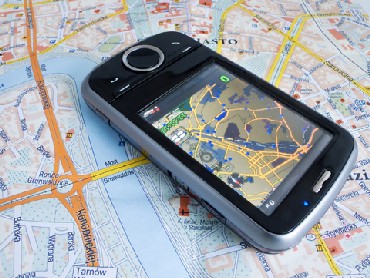


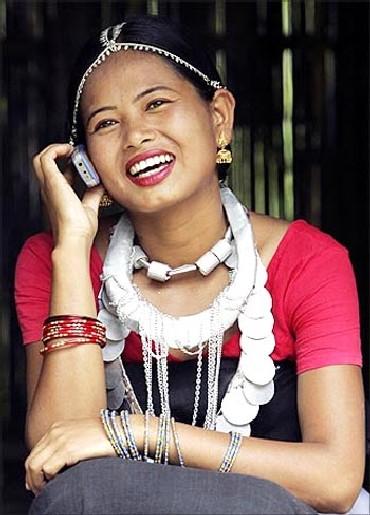
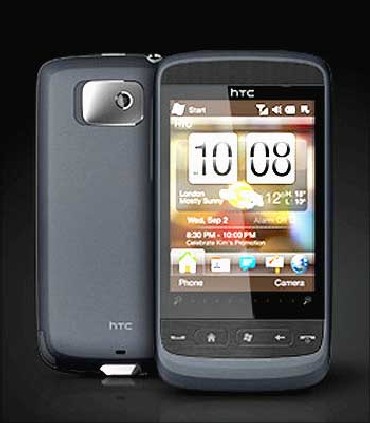
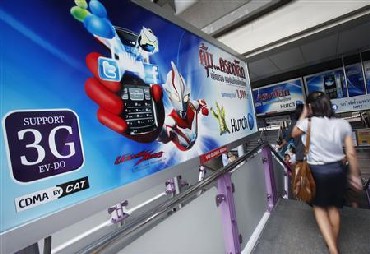
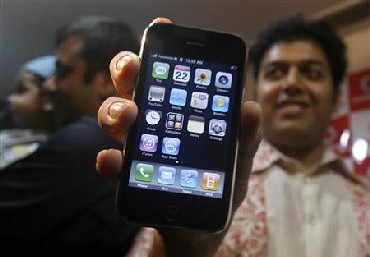

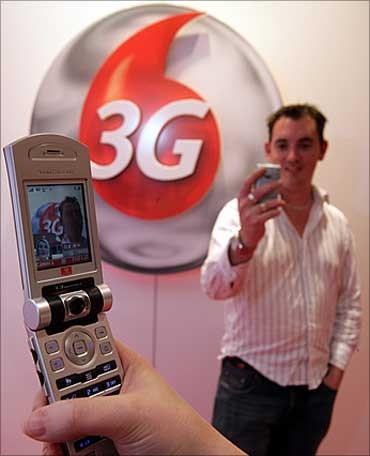
article